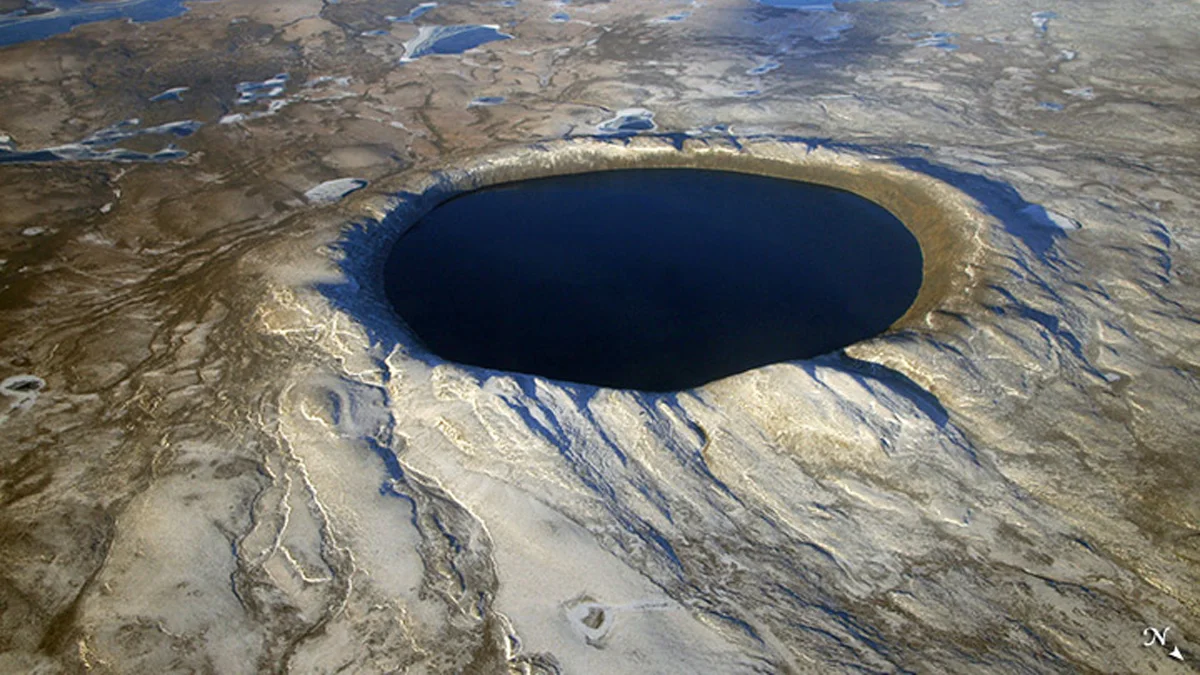
Meteorite craters may be where life began on Earth, says study
NASA's Perseverance rover may be headed to the perfect place to search for life on Mars
Asteroid impacts have caused some of the largest destructive events in our planet's history. New research now shows these impacts may have also provided just the right conditions for life to get its start on Earth.
If a massive asteroid were to strike Earth today, it would probably be the end for human civilization, and for the majority of species on the planet's surface. Most dinosaurs went extinct for this very reason, when an object struck the northern tip of the Yucatan Peninsula, around 66 million years ago. But what if asteroid impacts were also responsible for life developing on Earth?
"If you ask anyone to imagine what happens when you have kilometre-size chunks of rock hitting the Earth, it's typically destructive. It's an extinction event like the one that killed the dinosaurs," Dr. Gordon Osinski, a planetary scientist at Western University and lead author of the new study, said according to Western News. "What we're trying to do here is turn that idea up on its head and say yes, the impact is initially destructive, but it also delivers the building blocks for life and creates new habitats for life."
"They essentially create an oasis for life," Osinski said.
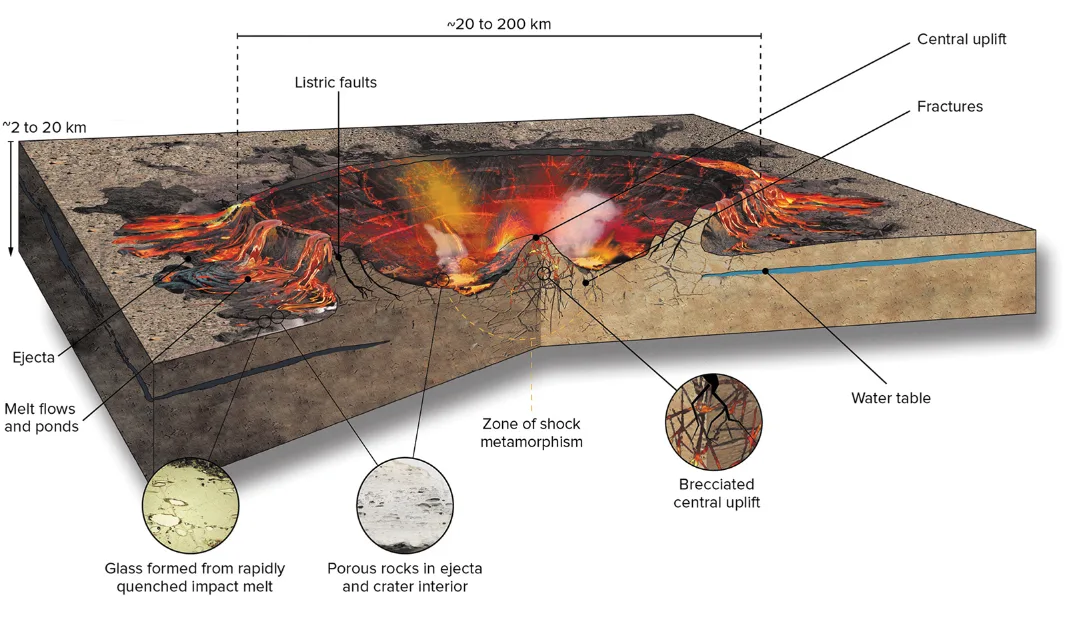
This illustration of an immense impact crater shows the hostile, inhospitable conditions that would exist directly after the impact. Credit: Osinski et al., 2020
Conditions immediately after an impact would have been nightmarish for any form of life that existed before the asteroid strike. Tonnes of debris would have been flung into the atmosphere. Melted rock pooling in the crater floor and flowing from the crater rim would burn and scorch everything it touches, and release poisonous gases which would linger in the air.
After the rock cooled, though, and these conditions settled down, what's left behind could be the ideal environment for microbial life to develop and thrive.
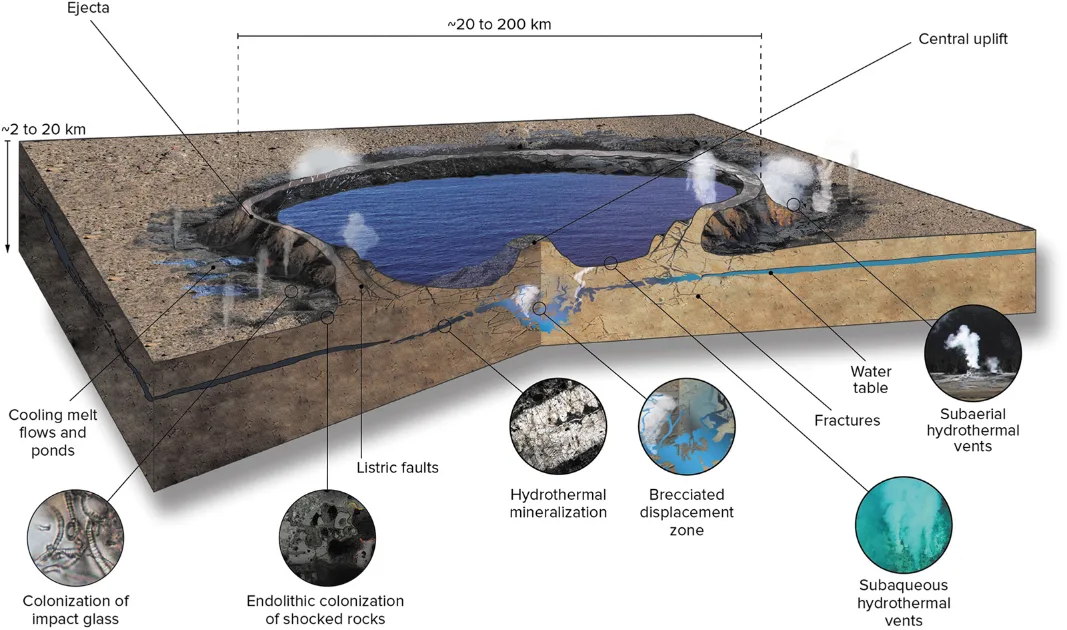
This illustration shows the same impact crater, but after time has passed, and a lake has formed inside the crater walls. Credit: Osinski et al., 2020
According to the study, as a crater lake forms in the impact basin, the combination of water, heat, minerals, and chemicals would form conditions where microbes would have a safe environment and an abundant source of energy.
"We show that impacts can deliver all the necessary building blocks for life, and create habitats for life in the immediate aftermath of the impact," Osinski wrote in an email to The Weather Network.
These habitats include 'transient hydrothermal systems', similar to hydrothermal vents like those on the ocean floor along the mid-Atlantic ridge, and hot springs and geysers like those in Yosemite National Park, but of a more temporary ('transient') nature due to the impact.
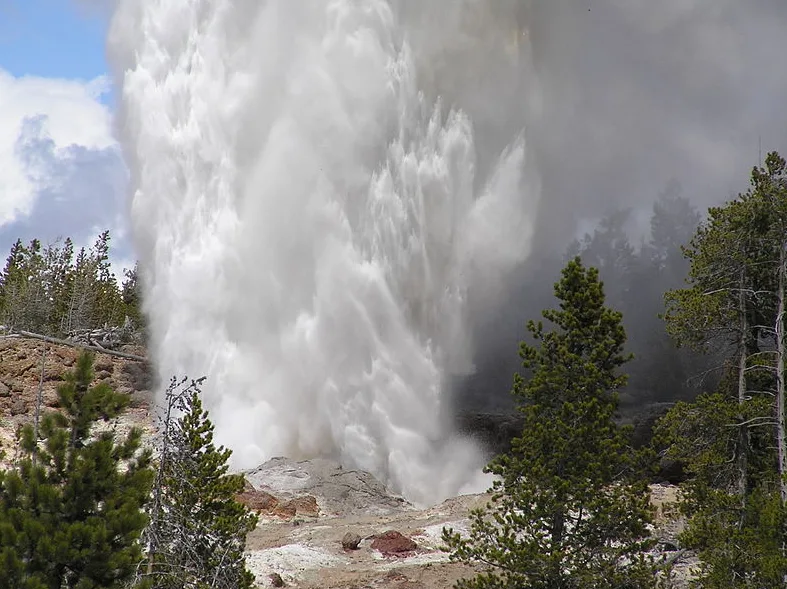
Steamboat geyser eruption in May 2005. Credit: Wikimedia Commons
Others include 'endolithic habitats' (literally 'inside rocks'), where life can develop inside the pores and fissures in glassy impact rocks, and inside floating islands of porous pumice rock, where they would be protected from damaging ultraviolet radiation from the Sun. Also, rock pools formed in the cooling volcanic flows, where water can collect (so-called "splash pools"), provide excellent safe environments.
From their study of meteorite craters around Earth, Osinski and the research team have shown that impacts can produce any or all of these environments.
"The key thing here is that these habitats did not exist before the impact, and would not be there unless an impact occurred," Osinski said.
Watch below: NASA's Curiosity rover spotted a towering dust devil on Mars
NOT JUST ANY IMPACT
The Earth sweeps up hundreds of tonnes of material from space on each pass around the Sun. This is comprised of mostly dust, a few larger meteoroids, and even an asteroid once in awhile. Between 2000 and 2013, the B612 Foundation identified over two dozen impacts around the world that were powerful enough to be picked up by the network of infrasound detectors that monitor for nuclear explosions.
While nearly all of these larger impacts would have resulted in meteorites reaching the surface, none were significant enough to actually produce a crater. It takes an exceptional impact - something we haven't seen in at least tens of thousands of years - to produce these environments where life could develop.

Osinski and his team explore the rim of the Haughton impact crater in Nunavut. Credit: Gordon Osinski/WesternU
According to the study, an impact crater roughly 5 kilometres wide is required to produce hydrothermal environments. For that, we would need an asteroid on the scale of 270-metre-wide Apophis. A crater at least a few tens of metres across is needed to provide either a crater lake or glassy impact rocks.
Besides the size, the specific type of object involved in the impact is also important. According to Osinski, the organic building blocks of life are found mainly in comets, and asteroids known as carbonaceous chondrites.
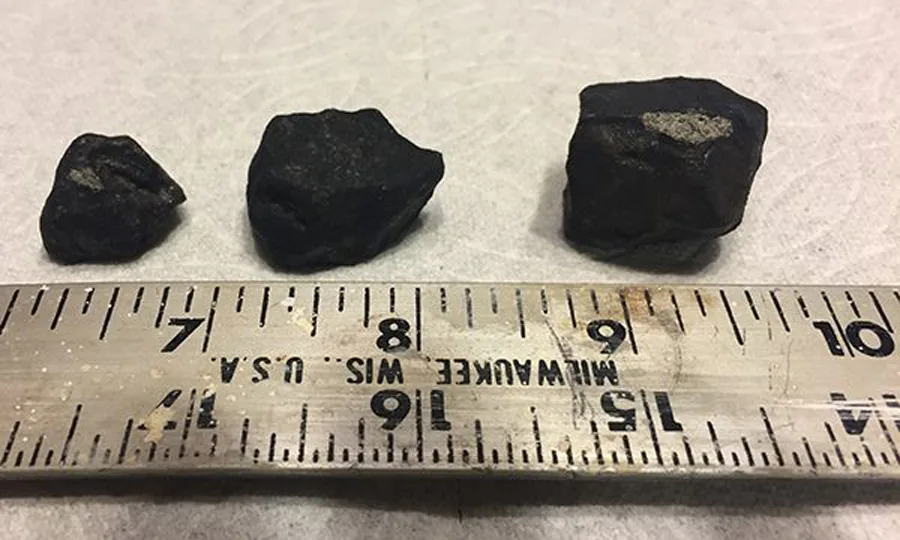
These three fragments of the carbonaceous chondrite Tagish Lake meteorite were collected from northern British Columbia in January 2000. Photo provided by Chris Herd, University of Alberta.
Comet impacts would seem to be fairly rare for Earth. There may have been four over the past 66 million years. Impacts by carbonaceous chondrite meteoroids and asteroids would also seem to be relatively rare. They only represent about 5 percent of all meteorite finds.
IMPLICATIONS BEYOND EARTH
Knowing how life began on Earth not only helps us trace back our own origins, but it can also help us in our search for life elsewhere.
Roughly one year ago, astronomers detected Comet Borisov, which they quickly realized was not from our solar system. Despite its interstellar origin, Borisov was surprisingly similar to comets that formed locally. This provides direct proof that comets around other stars could be delivering organics (and water) to alien worlds.
We do not need to look that far away, however. Mars, the planet right next door to us, has been heavily bombarded by asteroids. Unlike on Earth, where plate tectonics has buried many impact craters, on Mars, they are mostly intact and available for exploration.
In fact, right now, NASA's new Perseverance rover is headed for a landing in Jezero Crater in February of 2021. The rover's primary mission is to search for signs that life once existed on Mars. Jezero Crater was selected as the most promising area on Mars to conduct that search.
"I am excited for Jezero Crater," says Osinski.
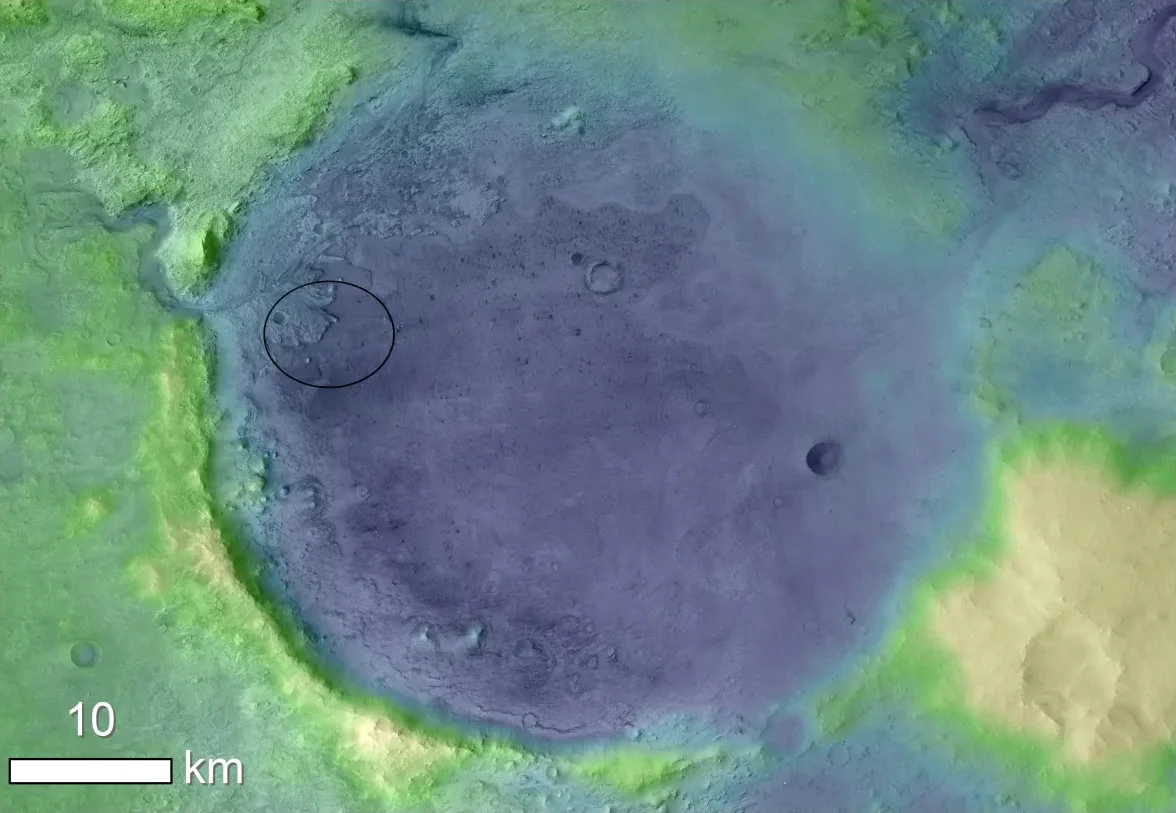
This false-colour view of Jezero Crater on Mars highlights the elevation of the terrain. It also shows the landing ellipse where Perseverance will set down. Credit: NASA/JPL-Caltech/MSSS/JHUAPL/ESA
"In theory, all the habitats we discuss could be present in Jezero Crater," Osinski explained. "We know from orbit that there are lots of clays and perhaps some of these were generated by the impact, or another nearby impact and then washed in. Jezero, of course, also had a crater lake."
On Mars, Osinski says, an impact would need to produce a crater at least 10 kilometres wide, in an area with subsurface ice, for hydrothermal systems to form. At nearly 50 kilometres across and identified as having water in the past, Jezero more than satisfies those requirements.
According to Osinski, even the smaller impacts that we spy from time to time on present-day Mars could result in the formation of other habitats (such as the pores inside glassy impact rocks).
Whether life would actually form in those habitats, he added, is another question altogether.
Thumbnail image of Pingualuit Crater, in northern Quebec, provided by NASA Earth Observatory
Sources: WesternU | Astrobiology | NASA NASA Earth Observatory
